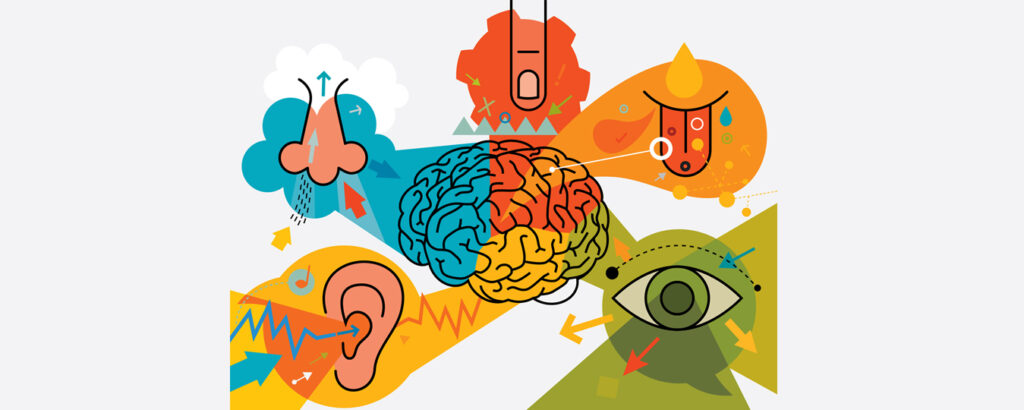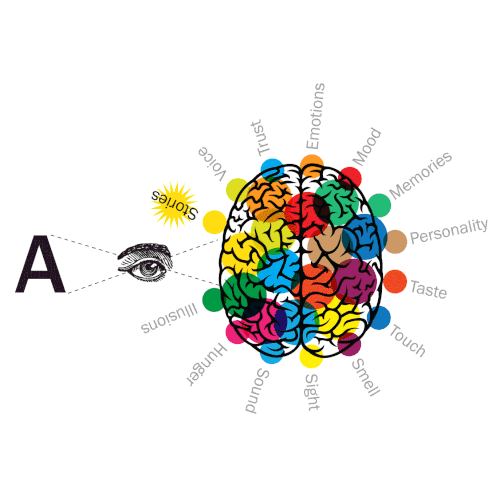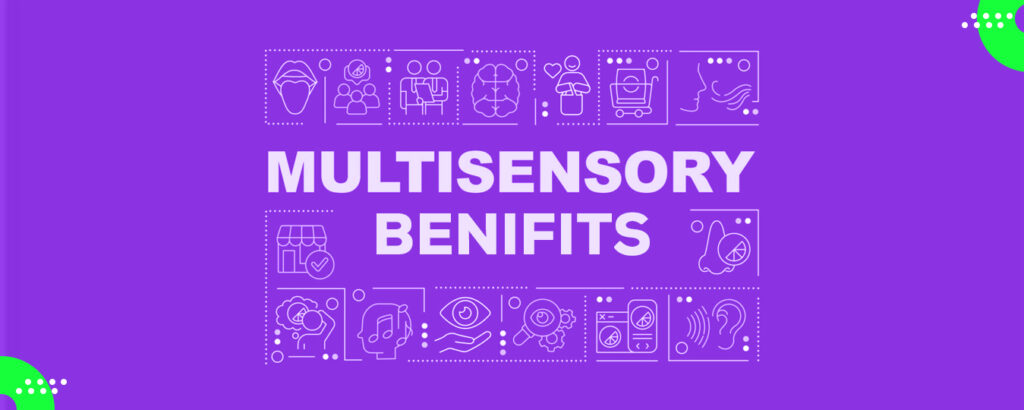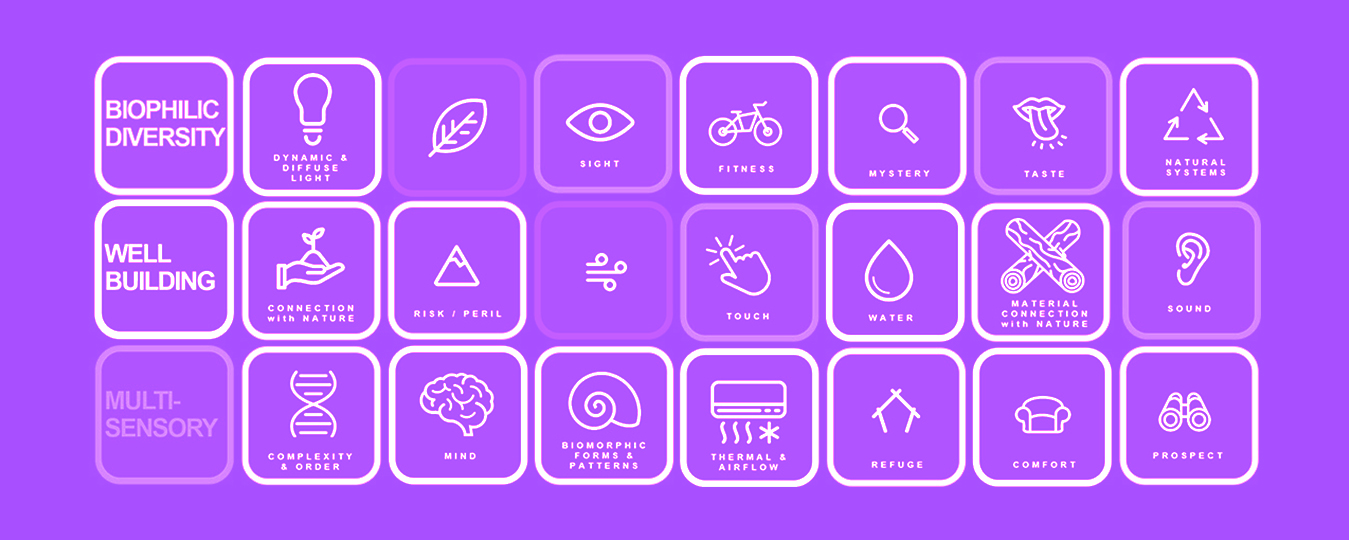Multi-sensory design helps Users stick to your Brand
Designers often overlook the importance of incorporating multiple senses into their designs, but doing so can have a profound impact on the overall user experience. Multisensory designs are important because they create memorable experiences for users. By engaging more than just one sense, designers can create more immersive and memorable experiences that are better able to capture the attention of users.
Simply put, multisensory design is the practice of developing an experience that goes beyond visuals. It’s playing with feelings, weaving in sounds and smells, interacting with the environment, and creating a physical space to make it more meaningful. Even in digital products, it is important for brands to use this kind of design that doesn’t depend on the user’s experience. In order to do so, they need the right experience-driven design guidance and knowledge that come with countless business benefits. However, crafting multisensory designs entails a significant amount of effort and relies heavily on open dialogue between different stakeholders in a project. Thus, multi-disciplinary collaboration is key, as it helps each involved party understand their role in the bigger picture.
Multisensory design has been shown to work especially well in advertising and branding, where it can help people feel more connected to a product and make a more emotional connection with it. In one study, people who saw a brand logo that involved more than one sense were more likely to remember the brand and think it was more attractive than people who saw the same logo but nothing else to go along with it.
Explaining Multisensory Design Aspects
When done well, multisensory design can make a big impact on users. However, it’s important to consider all of the senses when planning a multisensory experience. Different senses will be more or less important depending on the specific goals of the design, so it’s crucial to carefully select which ones to target. For example, if a designer is looking to create a calm and relaxing environment, they might incorporate scents and sounds into their design that are known to promote feelings of peace and tranquility. On the other hand, if they are trying to increase excitement or energy levels, they would likely choose different sensory stimuli altogether.
No matter what the goal is, using more than one sense in a design can help make the experience more powerful and memorable for users.
Reasons for Using Multisensory Designs

There are a few reasons why multisensory designs are so effective at creating memorable experiences.
👉 First, humans are naturally wired to pay attention to information that comes in through multiple senses. This is because our brains evolved to process information from multiple sources in order to increase our chances of survival. When we encounter information that comes in through multiple senses, our brains perceive it as more important and worthy of attention.
👉 Second, multisensory designs take advantage of the fact that different senses are processed by different parts of the brain. By incorporating multiple senses into an experience, designers can target different parts of the brain and create a more comprehensive memory of the experience. This allows users to access different parts of their memory when recalling the experience, which increases the chances that they will remember it correctly.

👉 Finally, multisensory designs create a more immersive and engaging experience for users. When all of our senses are engaged, we are more likely to be fully present in the moment and to pay attention to what is happening around us. This kind of involvement makes things more memorable and helps us understand and remember what we learn.
Example of Multisensory Design
There are many examples of companies using multisensory designs. One company that uses this design is Coca-Cola.
- Coca-Cola has used the design to create an immersive experience for customers. The company has used scent, sound, and touch to create a unique experience.
- Nike created a store that uses this design to create an interactive experience for customers. The store uses light, sound, and smell to create an immersive experience.
Benefits of Using Multisensory Design

There are many benefits to using multisensory designs, especially when it comes to branding and UX/UI. By incorporating multiple senses into the design, businesses can create a more immersive and engaging experience for their customers. This can lead to increased brand awareness and loyalty, as well as improved customer satisfaction. Additionally, multisensory designs can help to make complex information more accessible and easy to understand.
Challenges in Creating Multisensory Designs
- The use of multisensory designs in user experience can be challenging for a number of reasons. Firstly, it can be difficult to create a design that is both visually appealing and functional.
- Secondly, the use of multiple senses can often be overwhelming for users, making it difficult for them to focus on one task.
- Finally, multisensory designs can often be more expensive and time-consuming to create than traditional designs.
Conclusion
In the end, multisensory design gives designers more room to be creative and gives them the chance to make a completely unique experience that engages the senses. It has the potential to open up a whole new branch in the world of UX and UI design. Due to its complexity, it might take more time and testing, so it’s best to work with an experienced team like YellowSlice. You can enjoy the advantages of multisensory design without worrying about any of its challenges by utilizing YellowSlice’s vast network of resources and experts. So if you’re looking for powerful custom-made designs that will capture your audience’s imagination, reach out to YellowSlice today!
Let us help you create an unforgettable multisensory design experience with our cutting-edge techniques, new ideas, and dedicated customer service for all of your projects. There’s no need to look any further to ensure your brand understands every aspect of developing an effective multisensory experience from start to finish—YellowSlice can be your go-to partner for all your design solution needs or assist you in getting started on your journey towards the perfect multisensory design.
Reach out to us now, one of the best ui ux companies in India and discover what will make a difference for your brand!




